You can freeze both dry and wet cat food to extend its shelf life and reduce waste. Dry cat food can be stored in the freezer in an airtight container for up to six months. Wet cat food, when transferred to a freezer-safe container, can also last up to six months in the freezer. However, avoid freezing canned cat food in the can as it alters the texture and taste. The safest way to defrost frozen cat food is in the refrigerator, allowing about 24 hours per pound to thaw.
Estimated reading time: 8 minutes
Hey, cat lovers and pet parents, this one’s for you! Have you ever bought a large bag of dry cat food or multiple cans of wet food, only to realize there’s no way your furry friend will eat it all before it goes bad? You’re not alone! So, you might be wondering, “Can I freeze cat food to make it last longer?”
Great news—you absolutely can! Whether it’s wet or dry, freezing your cat food is a fantastic way to reduce waste and ensure your cat gets fresh food every meal. Let’s dive into the ins and outs of how to store your cat’s food in the freezer, the right way to defrost it, and the do’s and don’ts for different types of cat food.
Why Freeze Cat Food?
Hey there, responsible cat owners! Are you throwing out half-empty bags of dry kibble or scraping uneaten wet food into the trash? That’s not just a waste of food, but also a waste of your hard-earned money. So, what’s the fix? You guessed it—freezing is the way to go.
First up, freezing cat food minimizes waste. We all know that some cats can be finicky eaters. They love a brand one week and turn up their noses the next. Freezing allows you to store cat food for those “my cat won’t eat this today” moments.
Second, it’s all about convenience. You can buy food in bulk, portion it out, and freeze it. That way, you only have to make one big shopping trip instead of several small ones. And let’s face it: anything that makes feeding your pet simpler is a win in any cat lover’s book.
What Types of Cat Food Can You Freeze?
Hey there, pet parents! Before you get all enthusiastic and start throwing every bit of cat food into the freezer, let’s get the facts straight. Freezing is super helpful, but it doesn’t work for everything. So, let’s break it down.
Freezing Dry Cat Food
Score! If you bought a bulk bag of dry cat food, your freezer can be a real game-changer. To freeze dry cat food, transfer it into an airtight container to keep the kibble from getting stale.
Now, let’s not get ahead of ourselves. Make sure the food is stored in a cool and dry area before you freeze it. We want to lock in that freshness, not any lingering moisture or odors.
Freezing Wet Cat Food
For all you wet food enthusiasts, freezing can be a great ally. You’ve got options, whether you’re a can person or a pouch person. But listen carefully; don’t freeze the food while it’s still in the can.
Take that extra step to transfer it into an airtight container. Believe me, your cat won’t just thank you; they might even give you an extra nuzzle for keeping their food fresh.
Freezing Canned Cat Food
Hold up! The rules change when we’re talking about canned cat food. Freezing it inside the can is a no-go. The texture can change, the flavors can mingle in ways you don’t want, and let’s just say your cat might start questioning your food choices for them.
So if you’ve got leftovers in a can, think twice before shoving it into the freezer.
Freezing Cat Food Pouches
Now, if you’re team pouch, you’ve got some ease on your side. You can put these pouches directly into the freezer. But heed this warning: don’t leave food exposed to the air before you freeze it.
Freezer burn is a real thing, and it can turn your cat’s favorite meal into something far less appetizing.
Freezing Raw Cat Food
Ah, the raw diet. It’s getting more popular these days, and yes, you can freeze raw cat food. Just like wet and dry cat food, raw food should go into an airtight container.
If the raw food came in portions, even better. You can freeze each portion individually. Just make sure to defrost it safely in the fridge and serve it in a reasonable time to maintain its nutritional value.
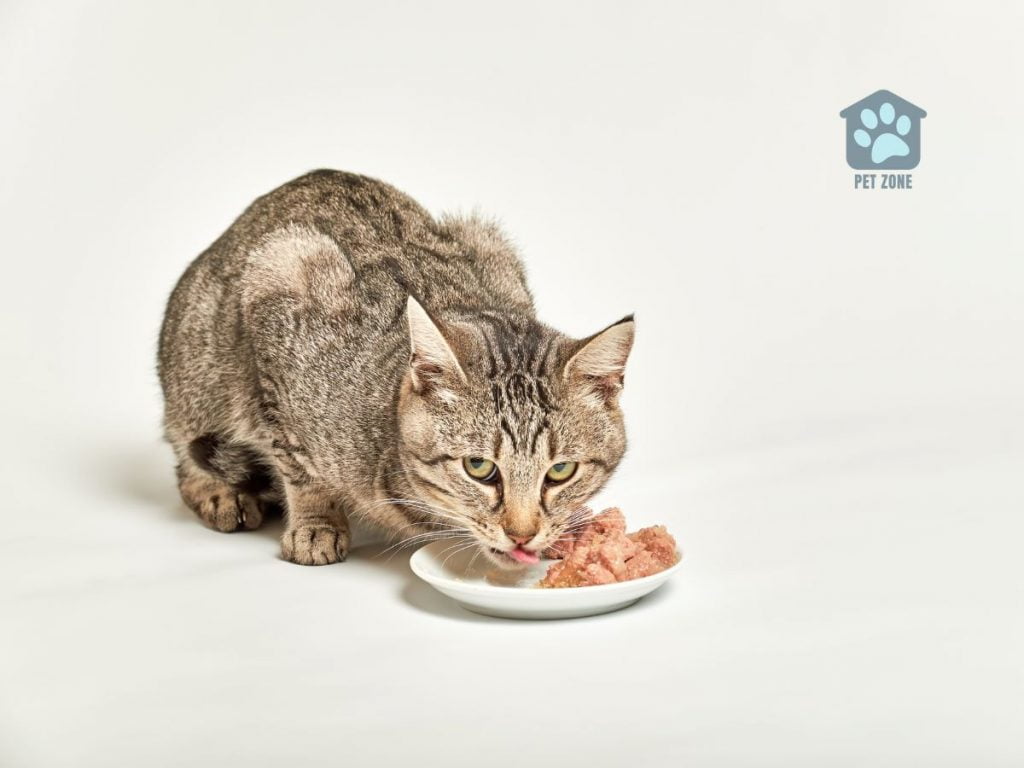
How to Store Cat Food Properly
Alright, team! We’ve talked about what kinds of cat food you can freeze, but before you go on a freezing spree, let’s get into the nitty-gritty of cat food storage. We want to keep it as fresh as a spring morning, whether it’s in the freezer or just cooling its paws in the fridge.
Storing Dry Cat Food
Big fan of dry food? Great, but listen up. That kibble needs special treatment. First things first, use an airtight container. I can’t stress this enough—air is the enemy of freshness. Check the expiration date too; freezing food won’t turn back time. If it’s expired, it belongs in the trash, not the freezer.
Storing Wet Cat Food
Now onto the gooey stuff—wet cat food. If you’ve cracked open a can and your furball only nibbles at half, don’t just cover it and throw it in the freezer like it’s leftover chili.
Take that remaining wet food and transfer it into either an airtight container or a resealable plastic bag. Squeeze out as much air as possible. Air in the bag? Bad. Food in an airtight container? Good.
Storing Canned Cat Food
But what if you’ve got some of that canned goodness and you’re not quite ready to freeze? No worries! Stash it in the fridge, but not before you transfer it into a sealed container.
The cold temperature of the fridge keeps the food fresh and ensures your cat won’t be disappointed the next time they belly up to the food bowl.
Storing Raw Cat Food
For those of you venturing into raw diets, storage becomes even more crucial. Raw cat food should also be kept in an airtight container to prevent cross-contamination. If the food comes in individual portions, freeze each one separately. Just like other types of cat food, check the expiration date before you store it.
How to Defrost Frozen Cat Food
Okay, you’ve got your cat food stored like a pro, but now comes the big question: how do we go from frozen solid to mealtime magic? Thawing, my friends, is an art form, and we need to get it just right.
Defrosting in the Refrigerator
The gold standard for defrosting is your trusty refrigerator. First, place your frozen cat food in a bowl or on a plate. Why? To catch any runaway liquids, that’s why. For a full pound, allow about 24 hours to fully thaw in the fridge. If it’s a smaller amount of food, an overnight stay in the fridge should do the trick. Once it’s thawed, serve it up, but do it promptly. You want to keep that food as fresh as possible for your feline friend.
Using Cold Tap Water
Let’s say you forgot to thaw and dinner time is looming. Don’t sweat it; you’ve got a backup plan—cold tap water. Place your sealed container of frozen cat food in a bowl of cold water.
Keep things moving by changing that water every 30 minutes. Sure, it’s faster, but it’s not as foolproof as the fridge method when it comes to keeping the food safe.
Microwaving? Think Twice!
You might be tempted to nuke that frozen block of cat food. Don’t. Microwaving can alter the nutrients and change the taste, leaving your cat puzzled at mealtime.
If you’re absolutely in a pinch and must use a microwave, go for a low power setting. Keep a watchful eye to avoid overheating, and consider mixing the food to ensure even thawing.
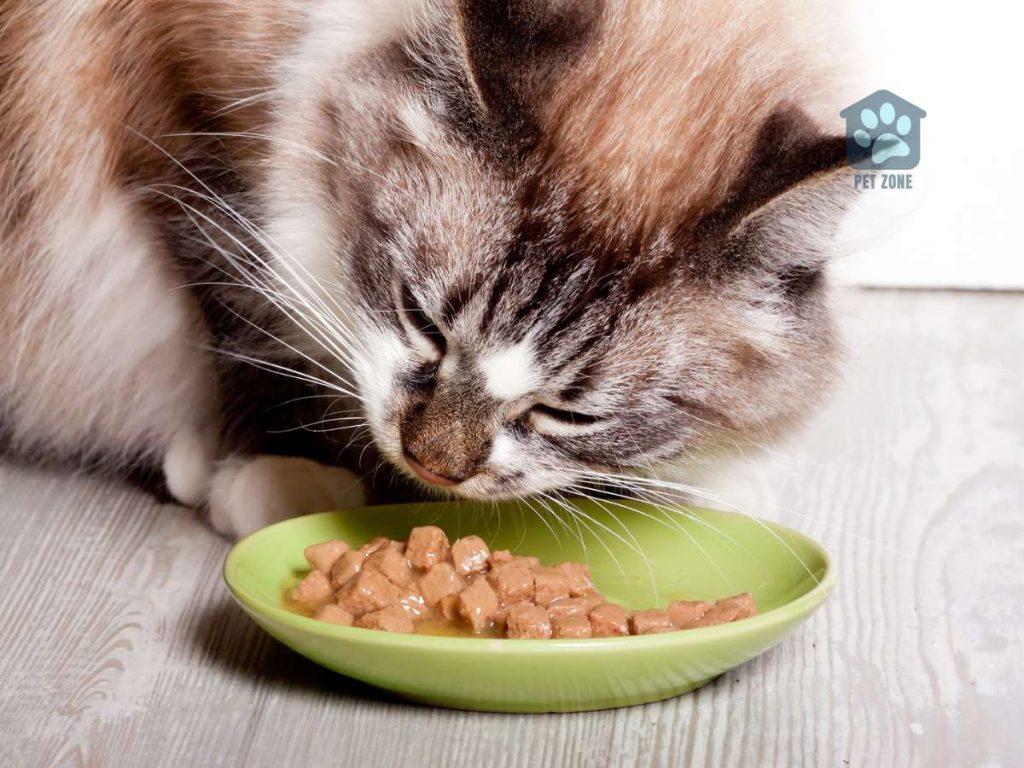
Wrapping It All Up: The Ultimate Guide to Freezing Cat Food
Hey, pet parents! We’ve walked through the whole journey, from deciding which types of pet food you can freeze to the best ways to store it and finally, how to defrost it safely. Freezing cat food is a fantastic method to ensure your cat enjoys fresh meals while you cut down on waste.
Remember, dry cat food and wet cat food both have a spot in the freezer, but be cautious with canned food. Airtight containers are your best friend for keeping that food fresh and tasty. And when it comes time to defrost, the fridge is your safest bet, although cold tap water can work in a pinch.
The key here is to think ahead and store your cat food properly. That way, you keep your cat well-fed and happy with every meal. Freezing is not just about convenience; it’s a way to provide your cat with smaller, more manageable meals that stay fresh longer.
So go ahead, be the cat lover you are, and take these tips to heart. Your feline friend will thank you with every purr and paw tap.
Don’t forget, if you found this guide helpful, we’d love to hear from you! Leave a comment below, or better yet, share it with other cat lovers on social media. Together, we can keep all our feline friends well-fed and happy.
As an Amazon Associate I earn from qualifying purchases.
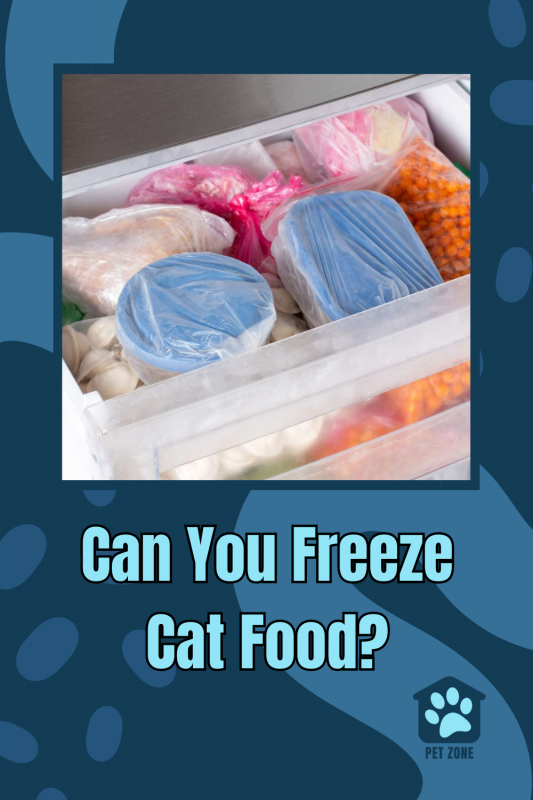



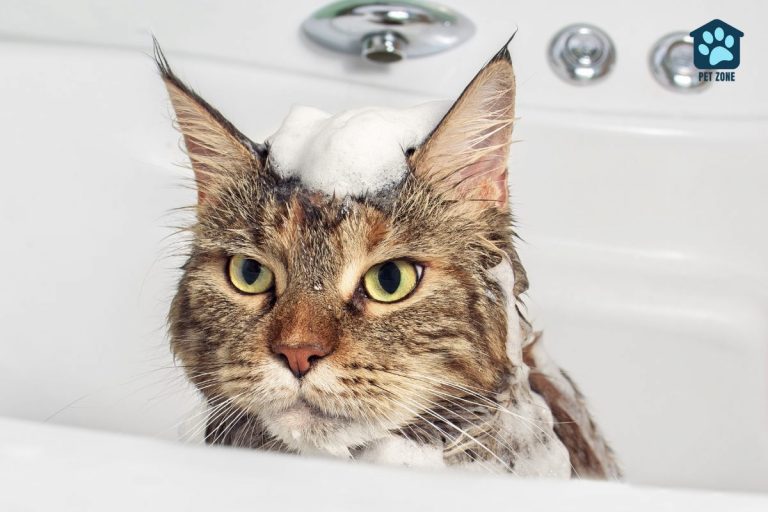
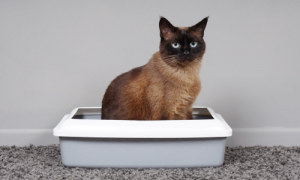
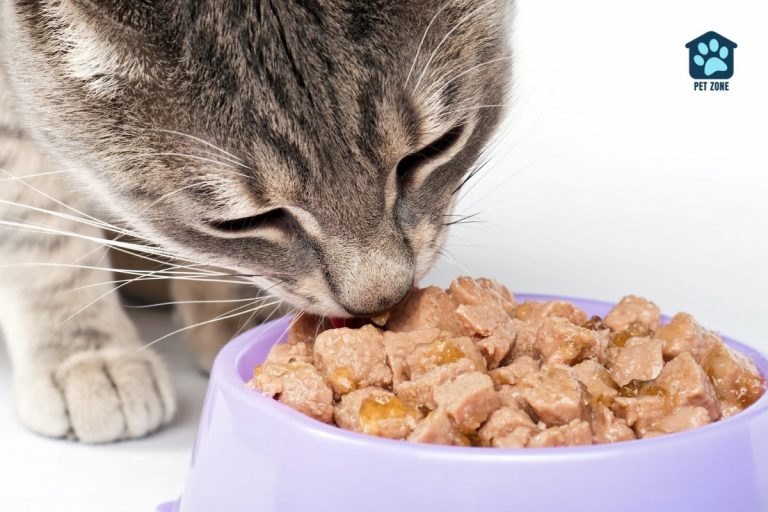
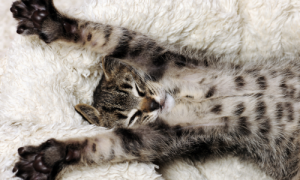
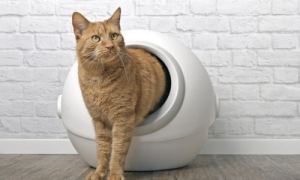
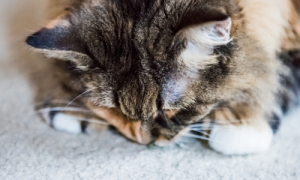
I never thought about freezing cat food before. Thanks for the info!